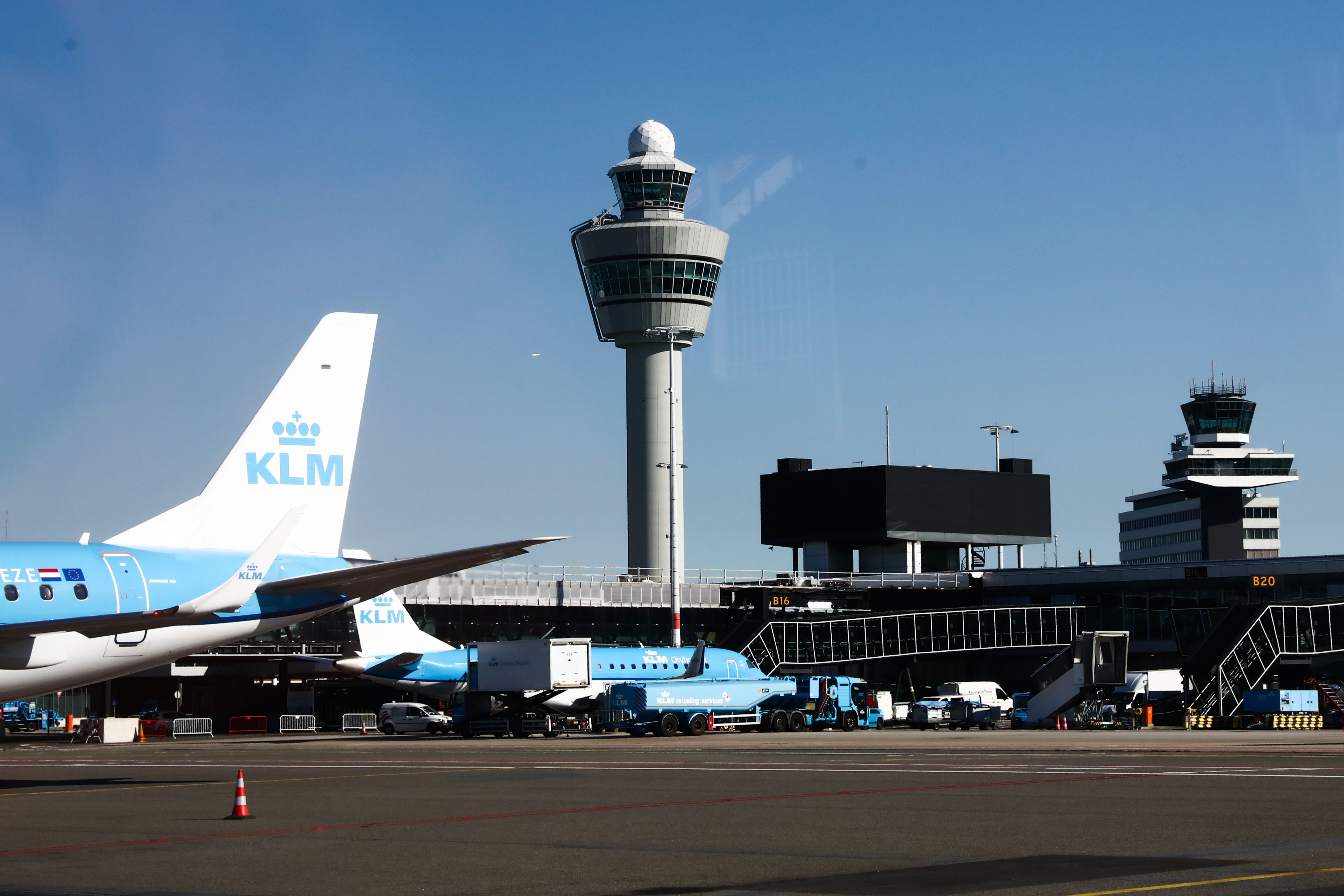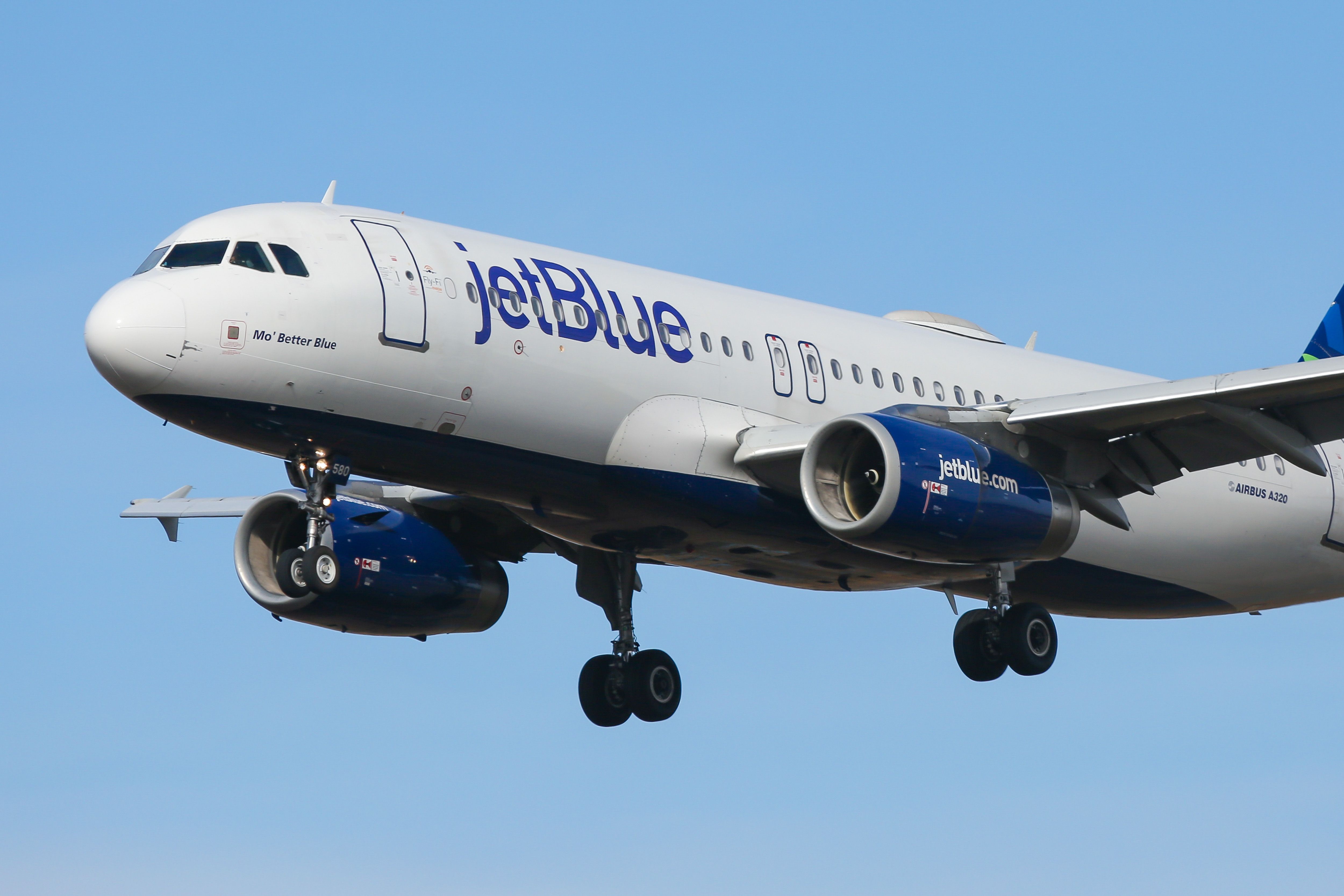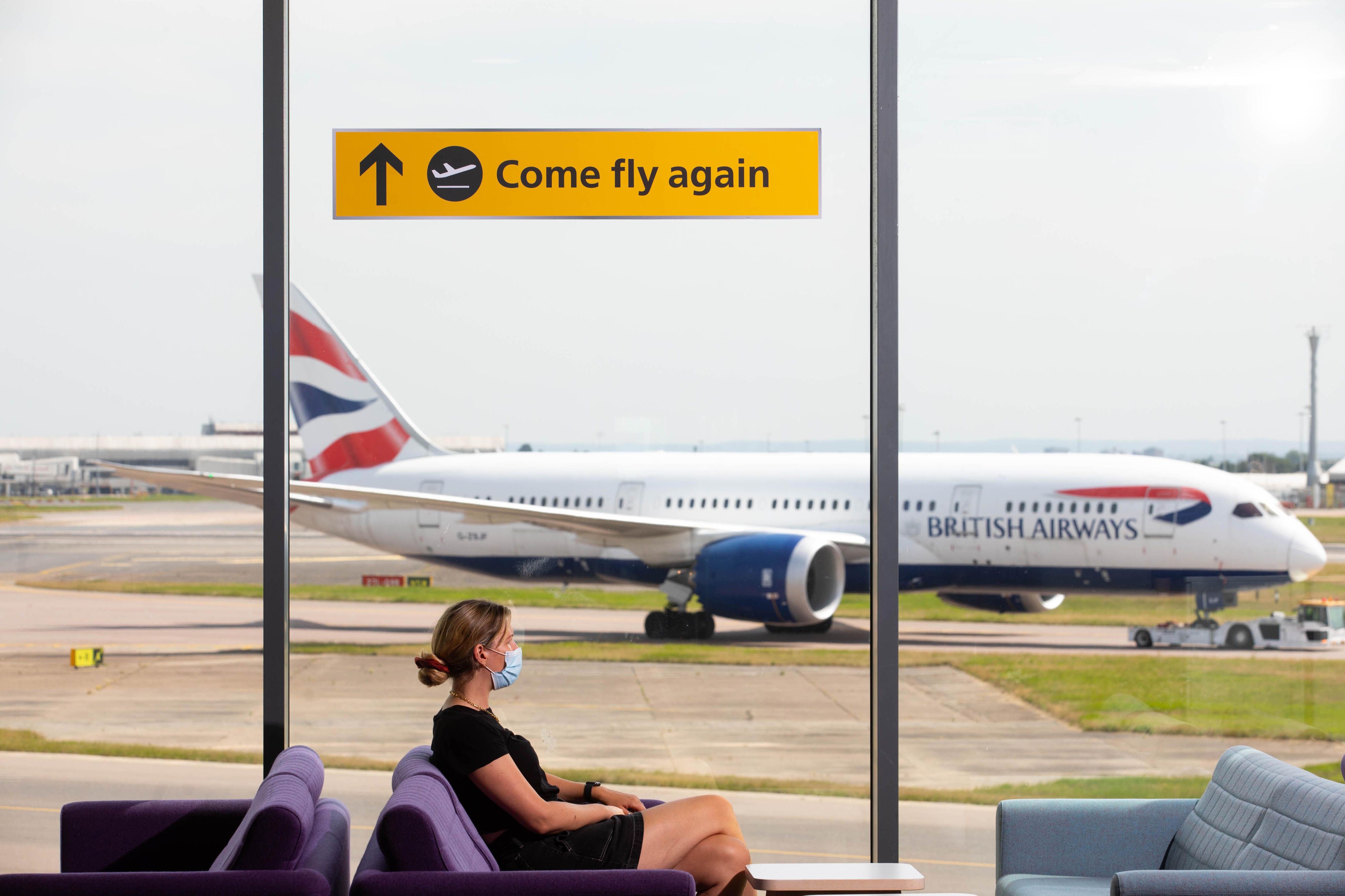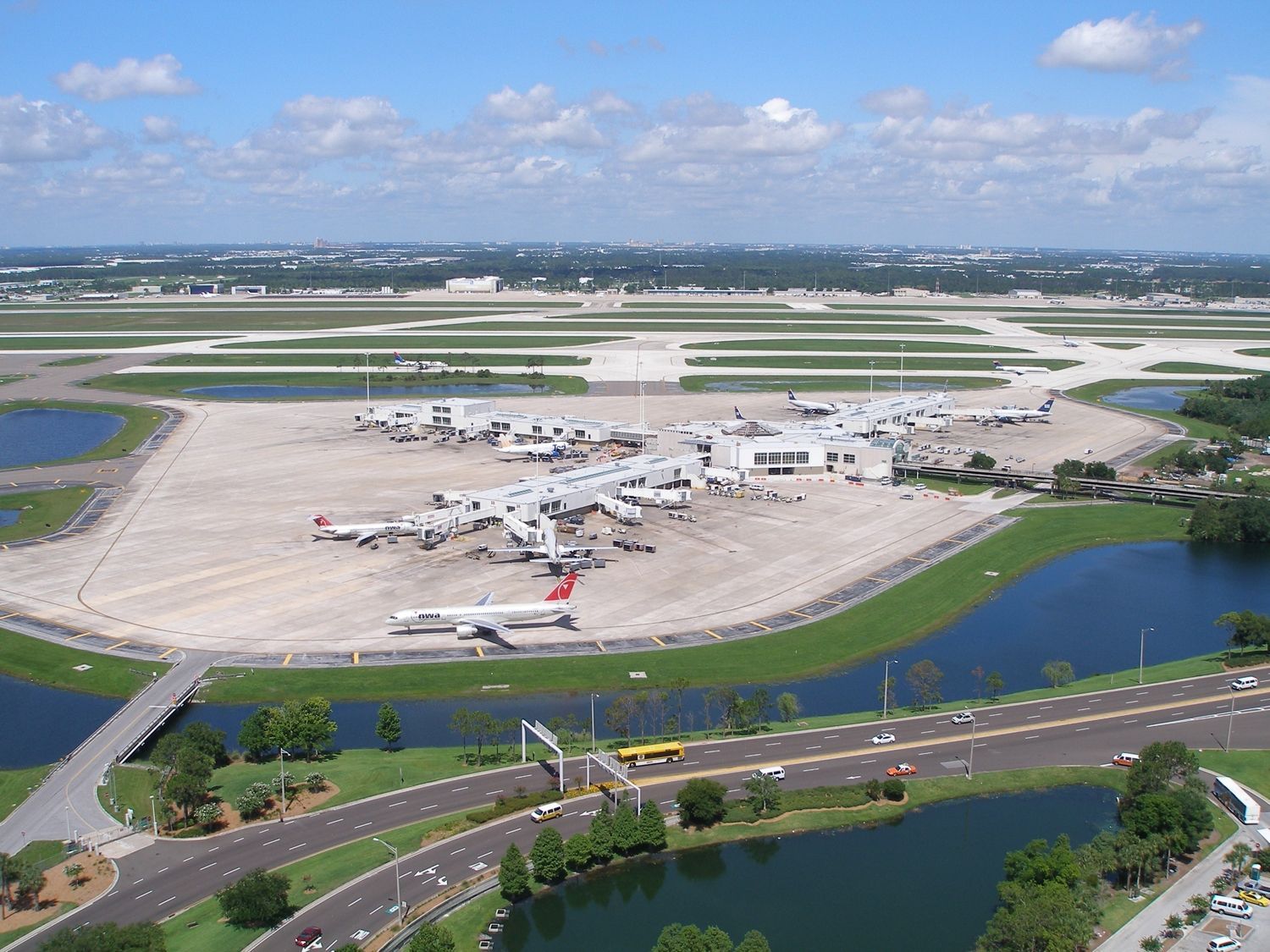The International Air Transport Association (IATA) has never been quiet on airport fee hikes. With a remit to come down on the airlines' side, that's not entirely surprising. Director General Willie Walsh is known to be fairly blunt on the topic, and today was no exception.
Asked during IATA's Global Media Days gathering in Geneva today what he thought of IATA's 'airport partners' increasing their costs, Walsh responded,
“They're not our partners. Let's be clear. We are in the airline industry; they are in the airport industry. The objectives that they have there are very different.”
The issue for Walsh is that the airline industry functions on a shoestring. Although IATA is projecting a financial recovery for most airlines in 2023, the profit margin remains incredibly tight. The projection on profitability for 2023 released by IATA today pegs net profit per passenger at $1.11, a margin of just 0.6%.
That's a big change from the previous three years, but it's still a very precarious position. In 2020, airlines lost more than $76 on every passenger; in 2021, that improved to a loss of $19 per passenger, and this year, despite all the good news of recovery, airlines globally are still facing a loss of $2 per passenger flown.
"When you look at the profit that we're forecasting, we're talking about $1 per passenger based on the number of passengers that we expect to fly; $1 per passenger profit. And airports are looking to increase their charges, in some cases, by ridiculous amounts, way in excess of that."
Walsh noted that, historically, aviation had not been an easy industry. Even in the best years of operations, from 2010 to 2019, the profit per passenger stood at around $10, with margins of just 5%. He summarized,
“Costs are a critical issue for all airlines, and at a time of recovery, when profit margins are so slim, on top of the significant damage that was done to balance sheets… its very important that everybody understands just how fragile the recovery is.”
The airports hiking their fees
Although the global aviation industry is expected to recover financially in 2023, the airline business is still very precarious. Profit margins are incredibly narrow, and financial health still hangs in the balance after two years of intense disruption.
One influence that could well upset that finely balanced situation is the proposal by numerous major airports for an increase in charges to airlines. London's Heathrow Airport hiked passenger charges by 37% in 2021, despite that summer being barely out of the woods in terms of the pandemic. It has since been told to reduce that charge following airline protests, but that airport is not the only one.
In September this year, Broward County Aviation Department revealed plans to increase fees for takeoff and landing at Fort Lauderdale-Hollywood airport in 2023, on the same day Greater Orlando Aviation Department similarly announced hikes for charges at Orlando International. Across the pond, ANA – Aeroportos de Portugal – disclosed its plan to increase airport charges up to 15% in 2023, a move that has been condemned by airlines, notably by low-cost giant Ryanair, who said,
“There is no justification for a 15 per cent increase in ANA’s already high airport fees, especially when Portuguese air and tourist traffic is still recovering after the pandemic and should be supported with lower airport fees.”
Those airports are joined by Singapore's Changi, Toronto Pearson, Amsterdam Schiphol, and dozens of others. Fare increases range from just $1 at the low end to increases in the region of 40% at the top. For airlines, it's a kick in the teeth at a time when they can least afford to absorb those extra costs.
Every cent matters
Of course, there are two sides to every story. Airports Council International (ACI) has previously noted that airports, too, are facing challenging times and that several factors justify the plans by airports to increase fees for airlines. ACI points out that airline charges represent around 55% of all airport revenue, while airport fees represent just 5% of airline expenses.
The Council points out that airports lost $65.5 billion in 2020 and that many years of fee decline in real terms have led us to a place where it becomes necessary for airports to begin hiking costs, particularly as many embark on ambitious and costly expansion and renovation projects.
Nevertheless, Walsh maintains that the hikes are disproportionate and that they put the recovery at risk. He concluded,
“We cannot tolerate a situation where airports attempt to gouge airlines and their passengers by significant increase in airport charges. Every single cent matters to our members … we should not allow airports to get away with the significant increases that they are planning.”
Do you agree with airports hiking their fees, or do you agree with Walsh that now is not the time to be adding to airlines' costs?




